- Have any questions?
- +86-189 8930 5995
- sales@mosinterchem.com.cn
Ferrous Sulphate Monohydrate CAS 17375-41-6

2-Hydroxy-4-methoxybenzophenone-5-sulfonic acid CAS 4065-45-6
24/12/2018
Petroleum Resin CAS 68131-77-1
24/12/2018| Model: | MOS17375-41-6 |
| Brand Name: | MOSINTER |
| CAS No.: | 17375-41-6 |
| Molecular formula: | FeSO4.H2O |
| Molecular weight: | 169.92 |
Ferrous Sulphate Monohydrate(CAS: 17375-41-6)
| Item | Index |
| Fe | 30% Min |
| Pb | 20ppm Max |
| Cd | 15ppm Max |
| As | 10ppm Max |
| Size | 60mesh 90%min |
Iron(II) sulfate (Br.E. iron(II) sulphate) or ferrous sulfate is the chemical compound with the formula
FeSO4. It is used medically to treat iron deficiency, and also for industrial applications. Known since ancient
times ascopperas and as green vitriol, the blue-green heptahydrate is the most common form of this material. All iron sulfates
dissolve in water to give the same aquo complex [Fe(H2O)6]2+, which has octahedral molecular geometry and isparamagnetic.
Uses
Industrially, ferrous sulfate is mainly used as a precursor to other iron compounds. It is a reducing agent,
mostly for the reduction of chromate incement.
Nutritional supplement
Together with other iron compounds, ferrous sulfate is used to fortify foods and to treat iron-deficiency anemia. Constipation is a frequent and uncomfortable side effect associated with the administration
of oral iron supplements. Stool softeners often are prescribed to prevent constipation.
Colorant
Ferrous sulfate was used in the manufacture of inks, most notably iron gall ink, which was used from the middle
agesuntil the end of the eighteenth century. Chemical tests made on the Lachish letters [circa 588/6 BCE] showed
the possible presence … of iron (Torczyner, Lachish Letters, pp. 188-95). It is thought that oak galls and copperas may have been used in making the ink on those letters. It also finds use
in wool dyeing as a mordant. Harewood, a material used in marquetry and parquetry since the 17th century, is also
made using ferrous sulfate.
Two different methods for the direct application of indigo dye were developed in England in the eighteenth century
and remained in use well into the nineteenth century. One of these, known as china blue, involved iron(II) sulfate.
After printing an insoluble form of indigo onto the fabric, the indigo was reduced to leuco-indigo in a sequence of baths of ferrous sulfate (with reoxidation to indigo in air between immersions). The china
blue process could make sharp designs, but it could not produce the dark hues of other methods. Sometimes, it is
included in canned black olives as an artificial colorant.
Ferrous sulfate can also be used to stain concrete and some limestones and sandstones a yellowish rust color.
Woodworkers use ferrous sulfate solutions to color maple wood a silvery hue.
Other uses
In horticulture it is used for treating iron chlorosis. Although not as rapid-acting as iron chelate, its effects are longer-lasting. It can be mixed with compost and dug into to the soil to create a store which can last for years. It is also used
as a lawn conditioner, and moss killer.
In the second half of the 19th century, ferrous sulfate was also used as a photographic developer for collodion processimages.
Ferrous sulfate is sometimes added to the cooling water flowing through the brass tubes of a turbine condenser.
It forms a corrosion-resistant, protective coating on the inside of the tube.
It is used as a gold refining chemical to precipitate metallic gold from auric chloride solutions (gold that has been
dissolved into solution with aqua regia).
It has been applied for the purification of water by flocculation and for phosphate removal in municipal and
industrialsewage treatment plants to prevent eutrophication of surface water bodies.
It is used as a traditional method of treating wood panel on houses, either alone, dissolved in water, or as a
component of water-based paint.
Green vitriol is also a useful reagent in the identification of mushrooms.
You must be logged in to post a review.

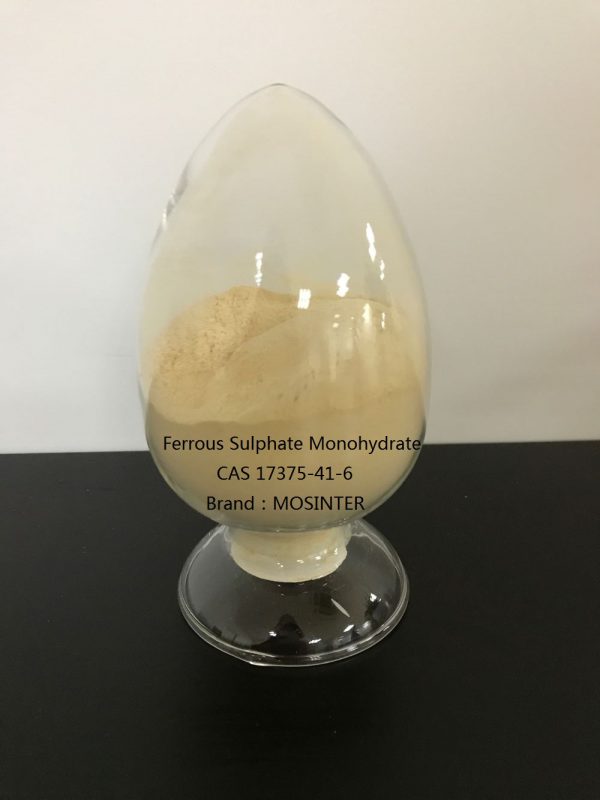
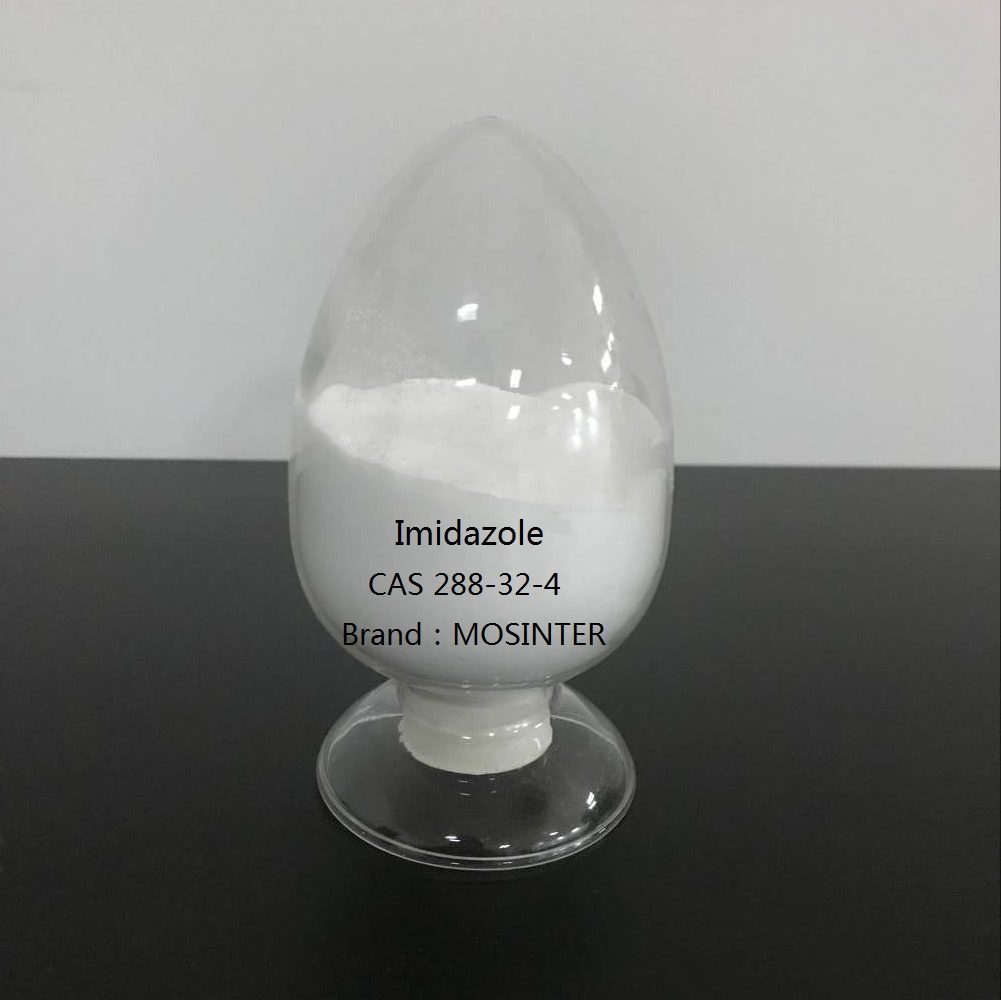
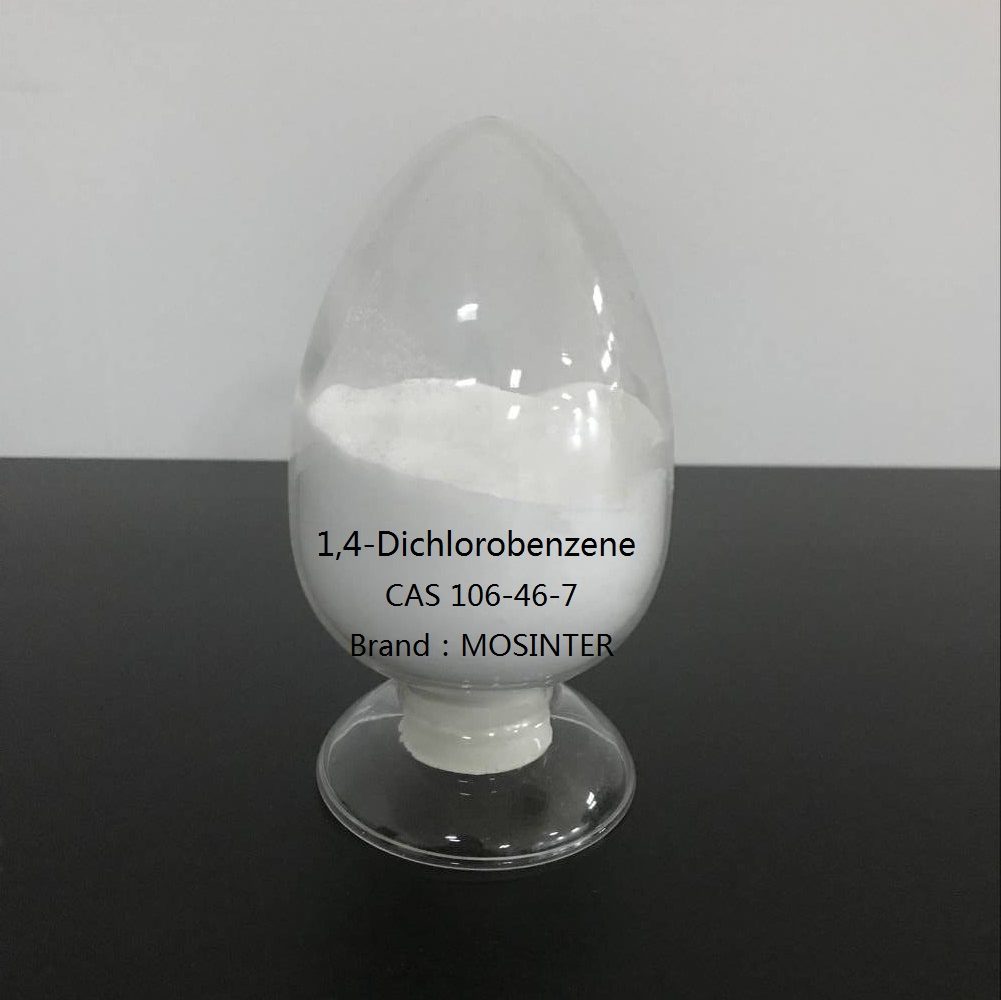
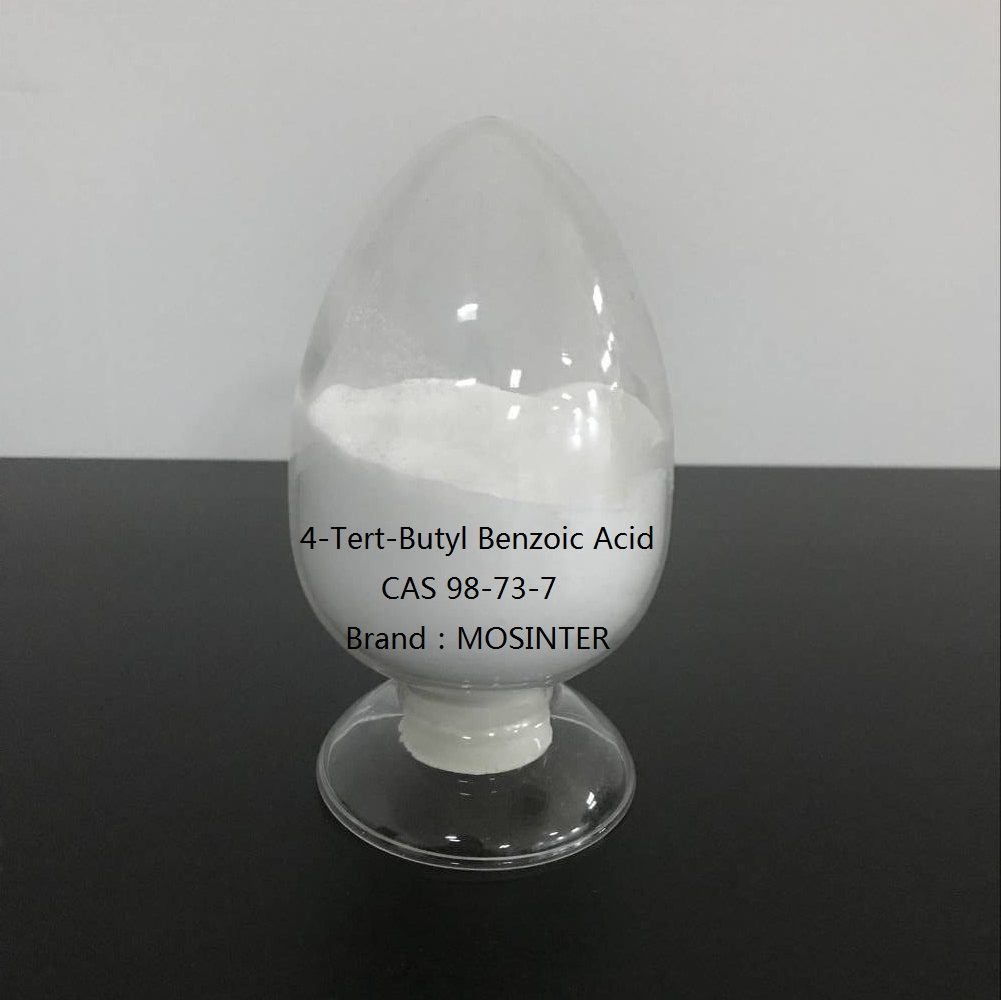
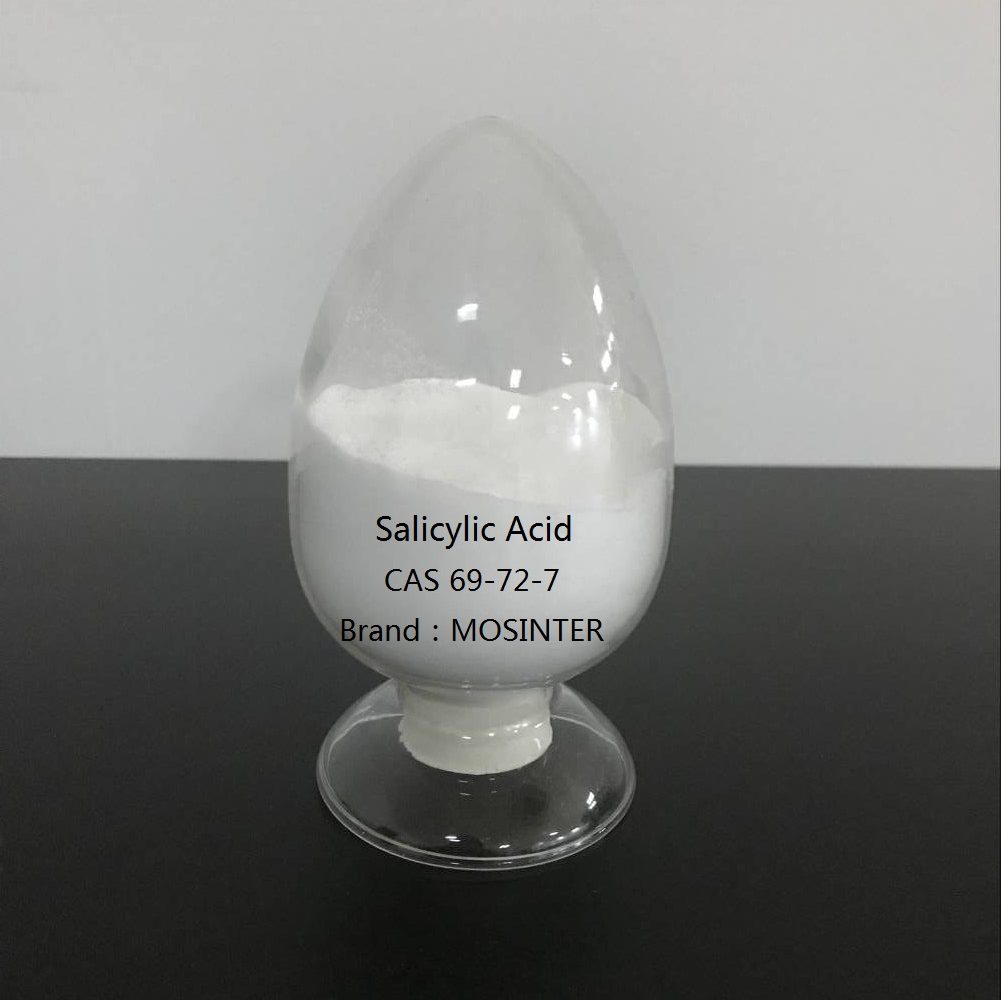
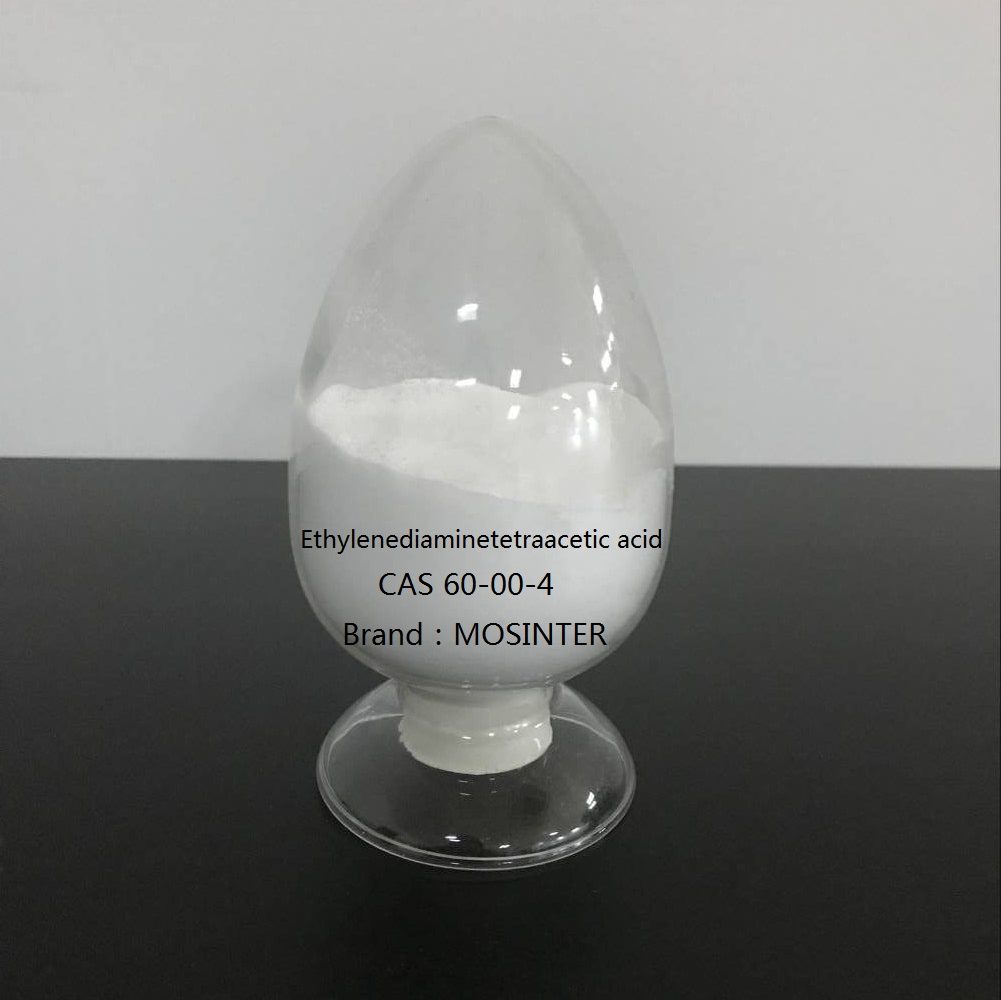
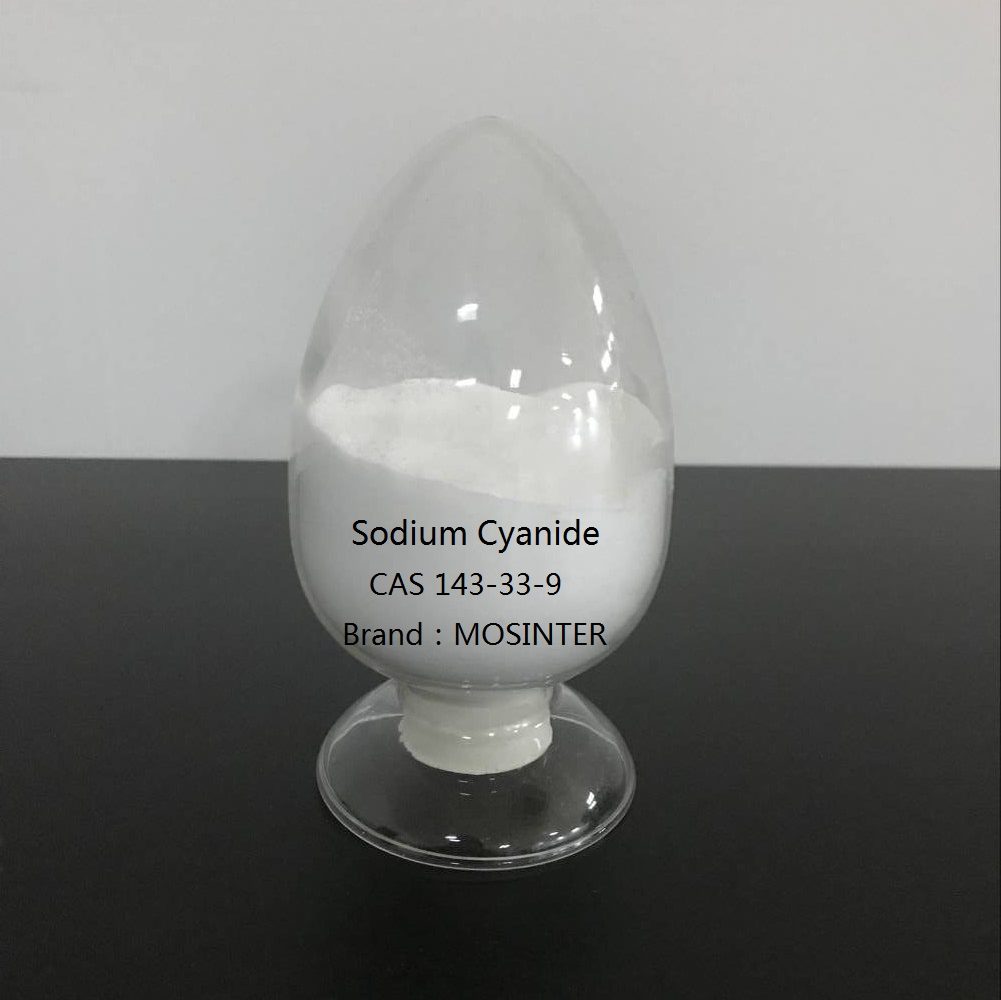
Reviews
There are no reviews yet.